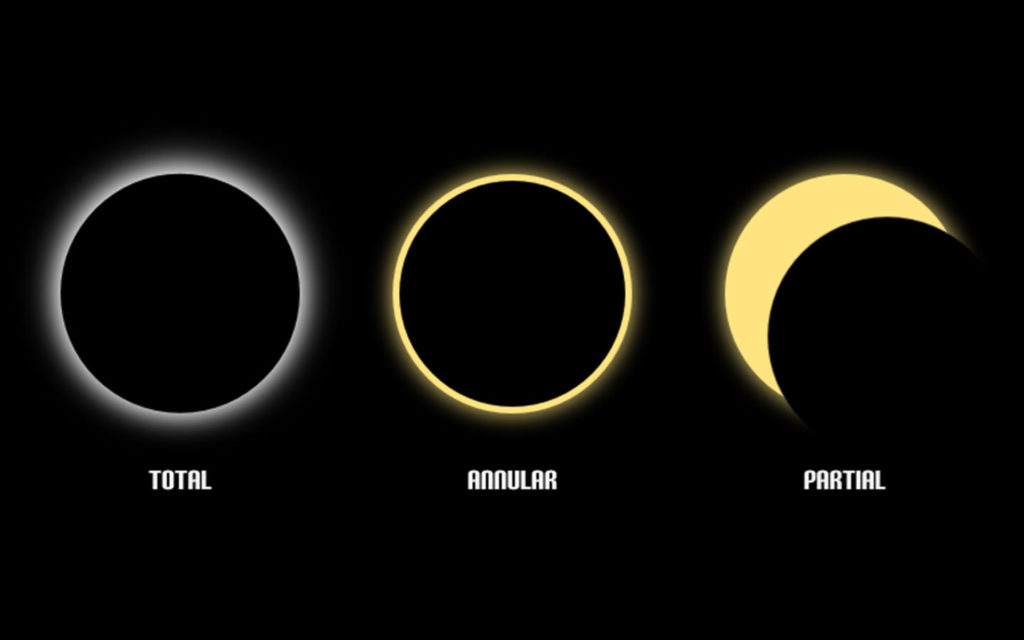A Total solar eclipse will be witnessed on July 2, 2019 lasting for four minutes and 33 seconds. It will only be visible in South America
July 2, 2019 will witness a total solar eclipse likely to last a total of four minutes and 33 seconds. This will be the only one happening in 2019.
According to the latest reports by weather monitoring sites, though the eclipse will be encircling a 6,000-mile path, maximum phase of the eclipse will be happening over the South Pacific Ocean. That means only some countries like Chile, Argentina and some Latin countries will witness total eclipse.
Here are five facts you need to know about the Total Solar Eclipse happening today:
- What is Total Solar Eclipse?
A total solar eclipse occurs when Moon is between Sun and Earth so that the visible disk of the Sun is blocked by the Moon casting a shadow on the Earth’s surface. The moon completely blocks the solar light of the Sun. It casts a shadow on the earth’s surface.
Solar eclipses are divided into Partial eclipse, Annular eclipse and Total eclipse; which is categorized by the extent of the Moon blocking Sun’s light passage to Earth.
2. What is the time for the Total Solar Eclipse 2019?
According to space.com, complete solar eclipse will begin around 17:00 GMT (Greenwich Mean Time) on July 2 at the initial location in South Pacific Ocean. It will start at sunrise local time about 2,175 miles (or 4,000 km) east-northeast of Wellington, New Zealand.
The partial eclipse in India can be witnessed at 10:25 pm IST (Indian Standard Time).
This eclipse will have duration of 4 minutes and 33 seconds. However, this maximum duration may be visible only to observers on a boats and airplanes, because it will be happening over the Pacific Ocean.
3. Where will Total Solar Eclipse happen?
It will happen on July 2, and it will be visible almost exclusively over South America and some areas of the South Pacific Ocean. It will be exclusively visible from small parts of Chile and Argentina just before sunset. Some regions in the Pacific and in South America, including locations in Ecuador, Brazil, Uruguay, and Paraguay will see a partial solar eclipse, if the weather permits.
4. How many times does Total Solar Eclipse happen?
A total of two-three eclipses can happen in a celestial year. 2019 witnessed two partial solar eclipses with the final one happening on July 2, 2019.
A total solar eclipse was witnessed in 2017, known as the Great American Solar Eclipse of 2017. It had a 200 km shadow moving across the surface of the Earth.
5. Where to watch the Total Solar Eclipse 2019
Since the total eclipse will not be observed in India, it can be watched on Exploratorium museum’s official website.
The museum based in San Francisco will stream the eclipse 2019 live all the way from the National Science Foundation’s Cerro Tololo Observatory in Chile. The live stream will kick off at 12:23pm PST (12:53 am India time).
Tourists are flocking to Chile to witness the last eclipse of 2019 where special solar eclipse glasses are being handed out to witness the event.











